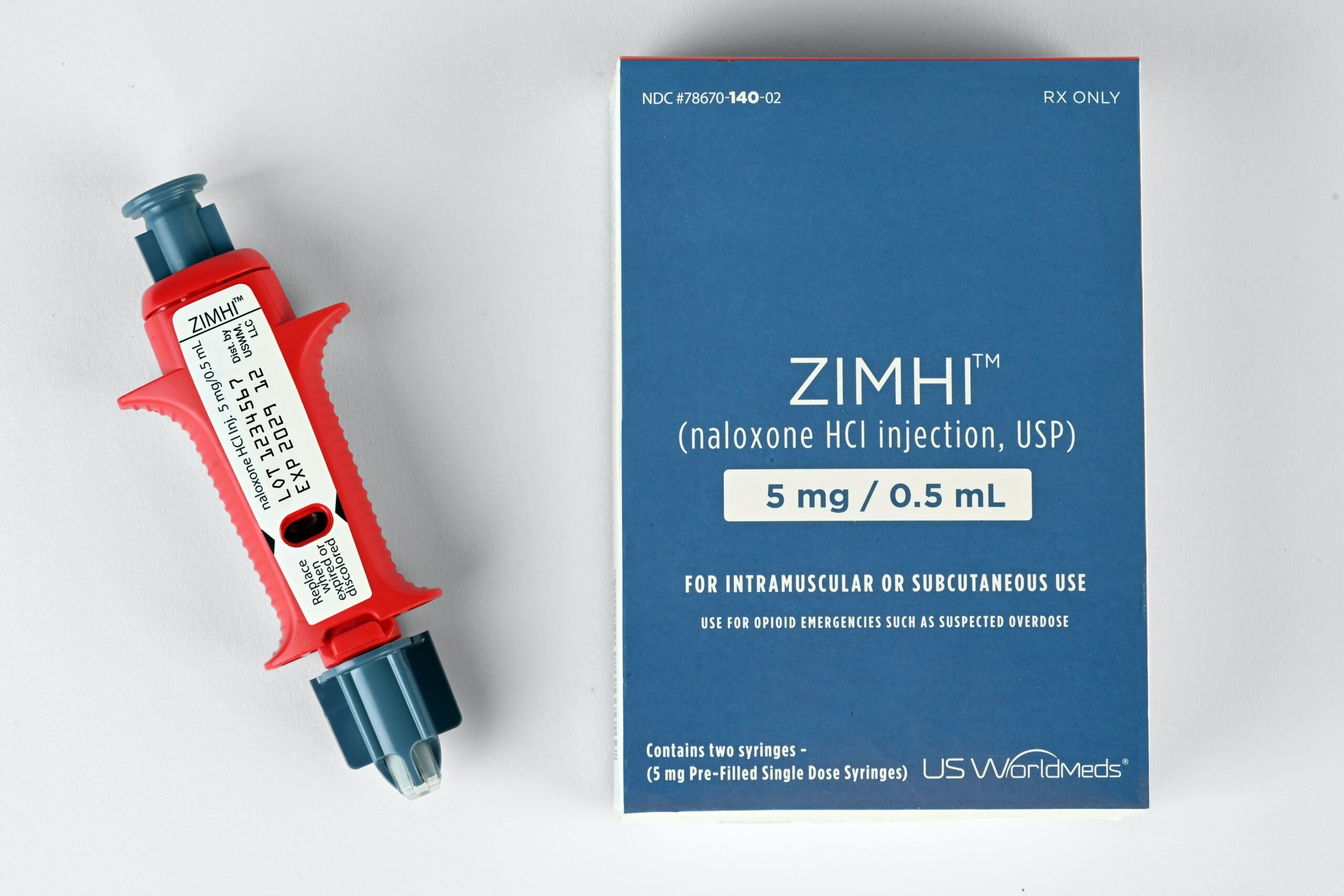Older Adults and Opioids

Photo by Pharmacy Images
A friend of mine was talking with me recently about how his visit to the City of Brotherly Love, Philadelphia brought home to him the powerful impact of drug addiction in America today. Walking through North Philadelphia neighborhoods he described stepping over prone bodies on the streets and witnessing firsthand the increasingly devastating impact of drug addiction.
The misuse of opioids is well-known. However, what got his attention was a relatively new drug called Xylazine, which extends the length of the high. This additive is found in 90 per cent of Philadelphia’s hard drugs, including heroin, methamphetamine, and cocaine. It is even found in marijuana.
Xylazine was first seen in Puerto Rico and is now spreading across the US. The UK saw its first case on May 24th, 2023. It is also spreading in Canada. When mixed with other drugs, the chances of overdosing increase.
Only recently has the news media begun to expand coverage of this epidemic which got me thinking about opioid addiction and the impact it has on older adults, a subject little reported in the press.
Opioids like fentanyl and oxycodone are powerful pain-relieving medications commonly prescribed for various medical conditions. They are often used by seniors for chronic, surgical procedures and end-of-life care. However, the misuse and abuse of these substances have contributed to a significant public health crisis.
Older adults are particularly susceptible to accidental overdosing and the potential for misuse or diversion. Because common aspirin and oxycodone both look like little white pills, it is easy to confuse the two. Painkillers such as black-market oxycodone are now being laced with Xylazine, a veterinary sedative and muscle relaxant that has recently emerged as the street drug called “Tranq.”
Medications ought to be regularly reviewed by a professional. Screening should include assessing older adults for substance use disorders, pain management alternatives, medication monitoring programs, and educational initiatives.
Further research, education, and policy intervention procedures are needed to get ahead of the curve. By examining the risks, challenges, and potential interventions, we can better understand how to address this growing problem and ensure the well-being of older adults.
The current rate of xylazine distribution is unprecedented. Because of the severity of this immediate crisis and similar substance abuse issues, I encourage you to work with your friends, colleagues, and legislators to bring attention to the problem in your community.
To learn more about Older Adults and Opioids, I encourage you to visit the following video: https://youtu.be/Z8eKQ7fC_D0.
Jeff Rubin is a speaker, author, international advocate for positive aging, and founder of the “Senior Moments” campaign, a global initiative changing perceptions about what it means to grow old. He can be reached at Jeff@wisdomofage.net
